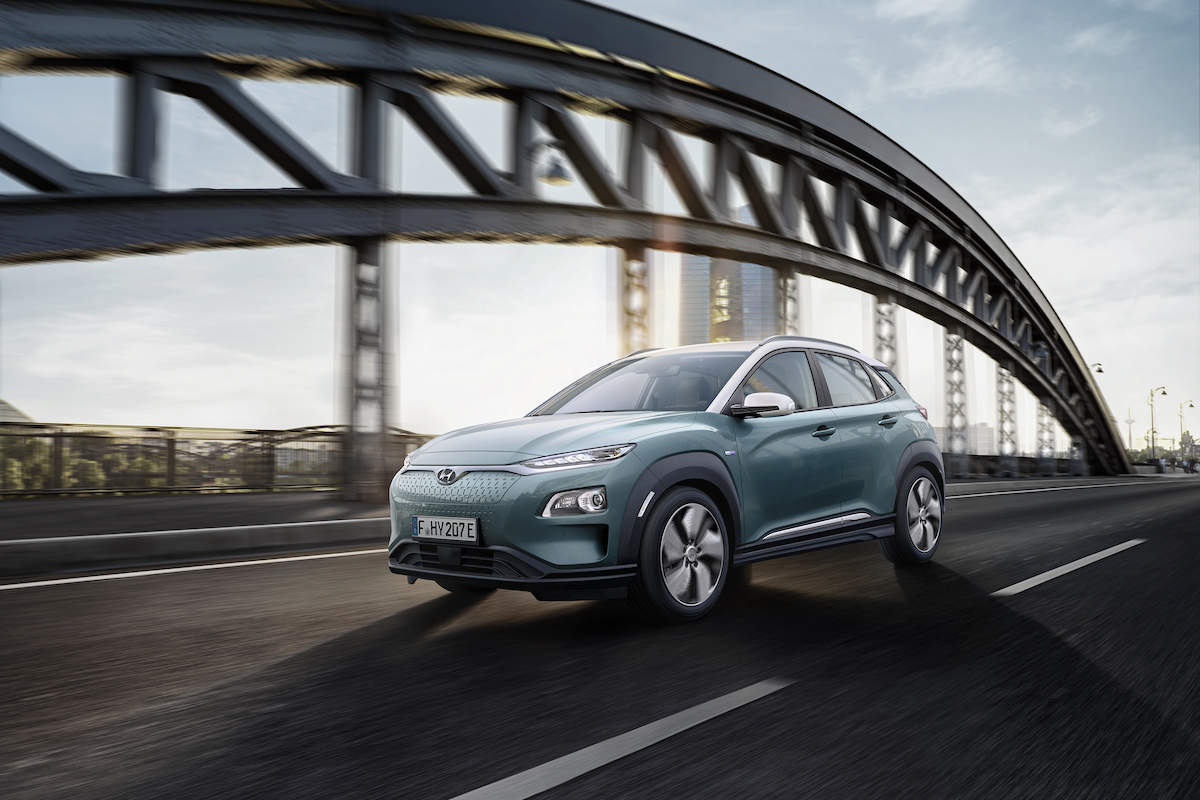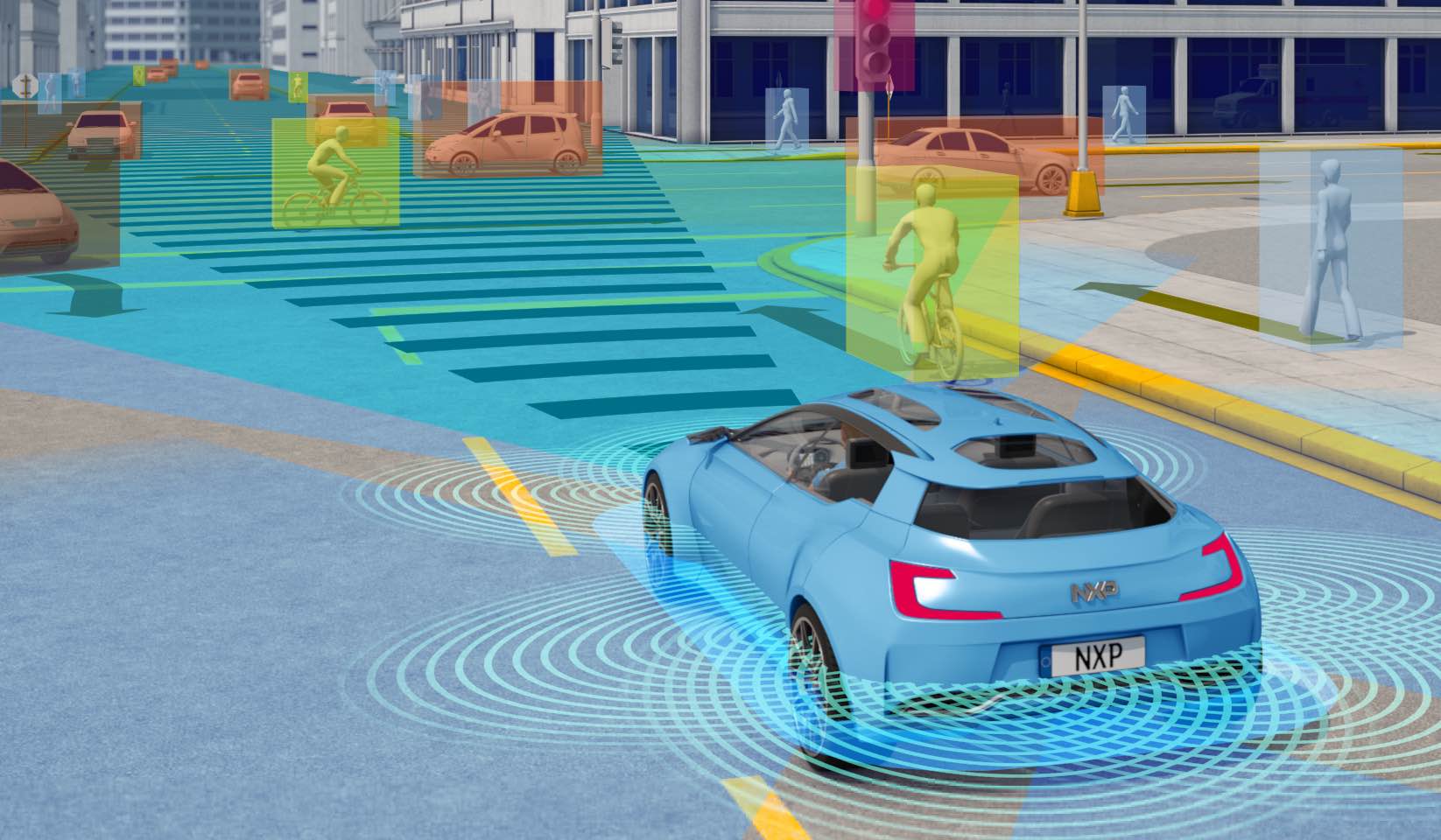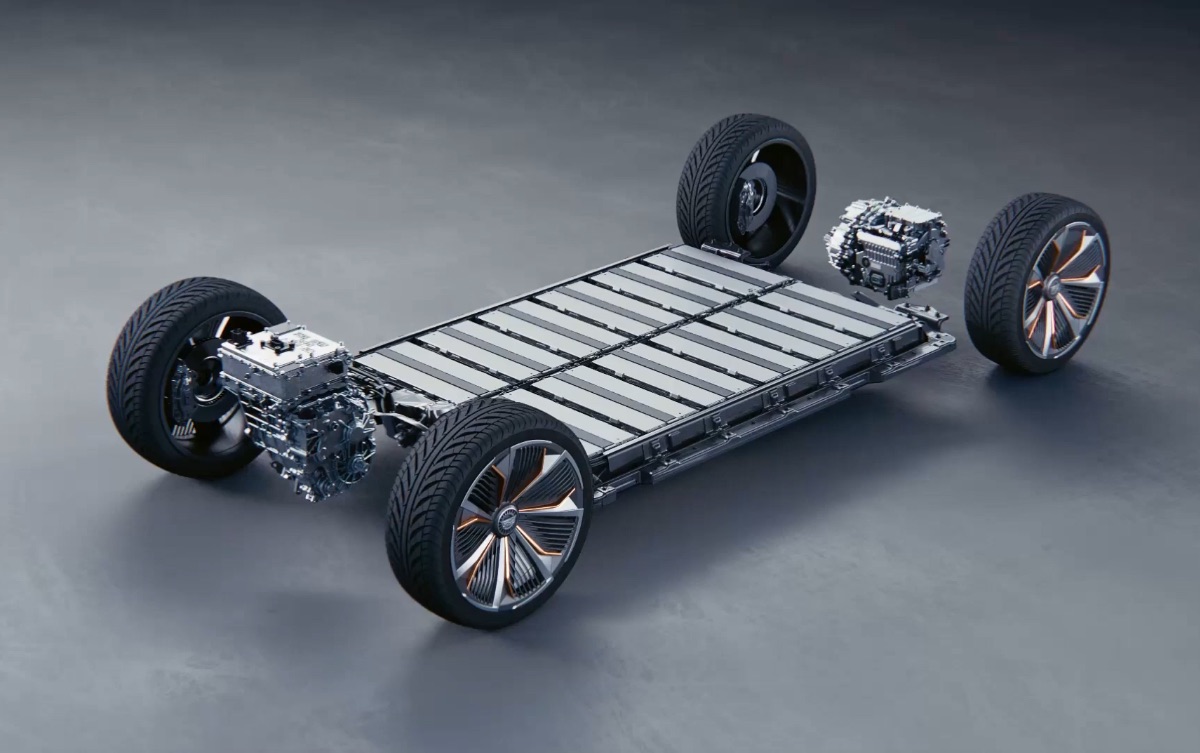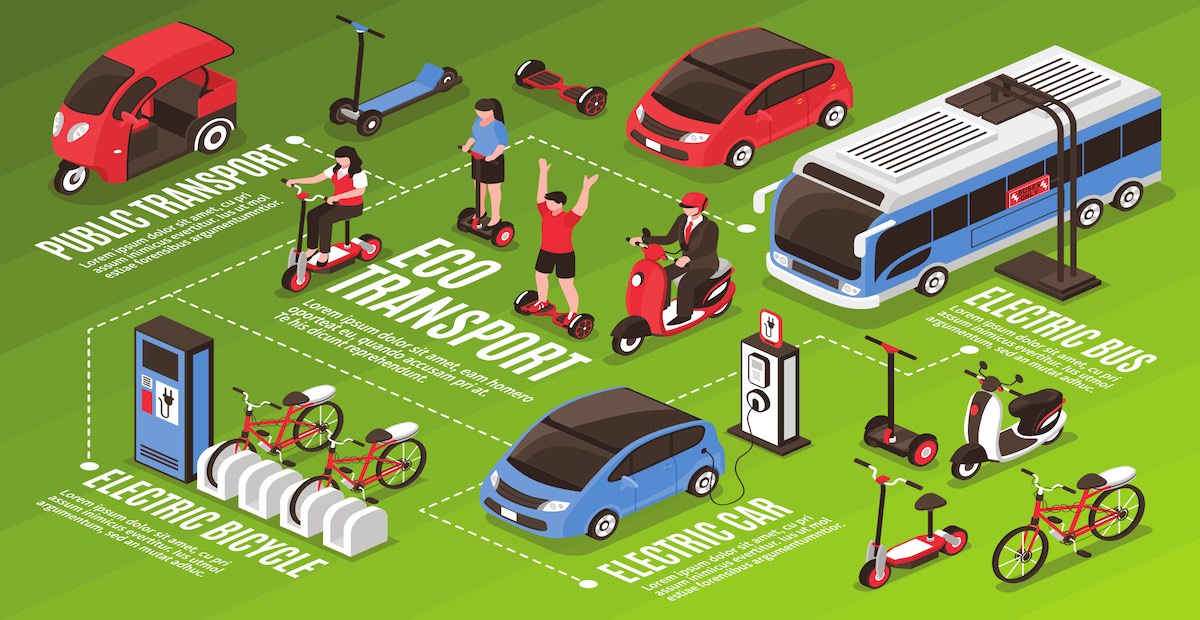Motorsport has somewhat struggled to get on board with the EV revolution, however, the short but impactful history of Formula E has changed all that. The series has gone from strength to strength since its creation and has gone on to become one of the biggest motorsport categories in the world. It’s fan-friendly concept and tight races grace some of the world’s most illustrious cities with many of the best drivers outside of Formula 1 leading the charge. Although this stuns petrolheads around the world, the biggest impact is happening away from the untrained eye.
The technology driving Formula E has come from many different parties looking to secure the future of motorsport in general. The success has been driven by figures from the highest level in the industry and many rivals becoming partners in the cause for a dedicated EV championship. As the history of Formula E has unfolded, new innovations created by Formula E teams have transferred to the general automotive world even giving birth to new manufacturers.
This success has made other motoring powerhouses take notice and direct their sporting efforts towards the series in an attempt to further capitalize on this boom. It hasn’t quite raised the debate of Formula E vs F1 for some just yet but just how far has Formula E influenced the motoring world?
Dawn of a new era
The history of Formula E only started in 2011 when the new president of the FIA, Jean Todt, investigated ways to create a new championship dedicated solely to electric vehicles. To kickstart the push, Todt hired GP2 & GP3 team owner Alejandro Agag to oversee the championship’s creation.
Spark-Renault SRT_01E
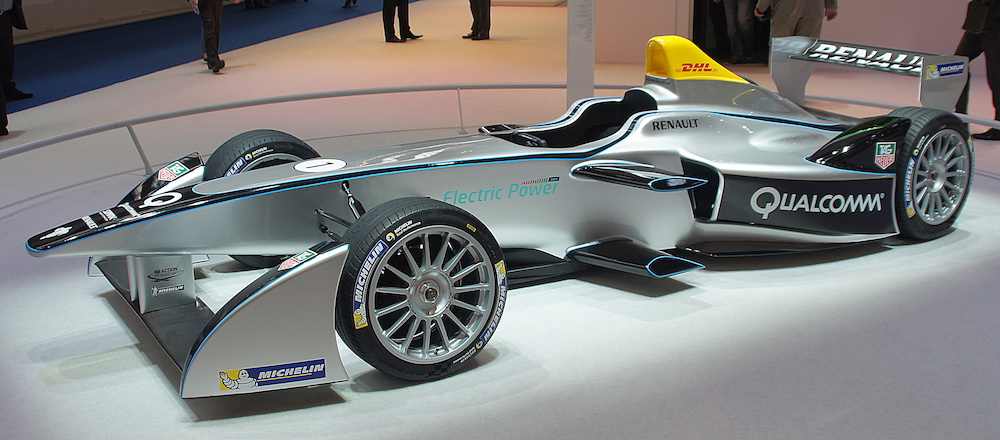
With various connections within the industry, Agag got to work talking to multiple partners about helping contribute to the creation of a prototype vehicle. This ended with the chassis being designed by Italian firm Dallara and Spark Engineering to create the core electric motor. To design the motor, Spark sought the help of several F1 teams to produce the final design such as Williams, Renault and McLaren. Each contributed their own part to the project such as:
- Williams Engineering who designed a 28kWh Li-Ion battery
- Renault as an ongoing technical partner
- McLaren (through their Applied Tech division) designed the power unit based around a 200kW motor reaching a top speed of 250km/h (148mph).
The end result was the creation of the Spark Renault SRT_01E which made it’s on-track debut in July 2014 ahead of the inaugural season later that year.
During the initial seasons, each team had to use 2 cars per race which were charged throughout the event. To aid this, each racetrack was provided with wireless charging pads within the track giving extra charge to the vehicle whilst in motion. This was developed by sportscar racing team Drayson Racing who had previously used the tech within their own LMP2 car during the previous season.
Spark SRT05e (2nd Generation)
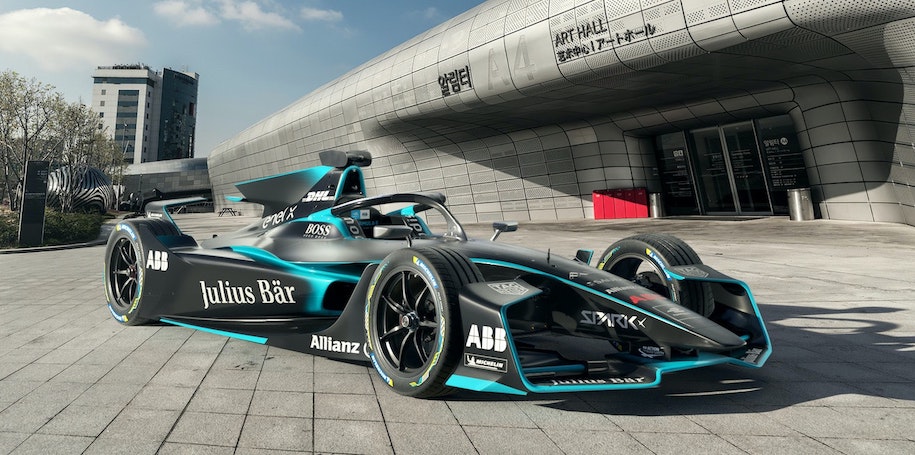
After several successful seasons, the team behind Formula E worked harder on developing the next evolution of their technology. The work began on the new vehicle in 2017 with Spark Racing once again driving the development of the vehicle and continuing their partnership with Dallara. However, with a better understanding of the electric motor’s possibilities and a growing interest from manufacturers, the new vehicle allowed teams to design many of their own components including the motor itself and the gearbox.
This allowed manufacturers to increase the powertrains unit to a limit of 250kW and increased top speed of 281km/h (175mph). The only remaining stock part of the electric motor was the battery which was now a 54kWH Li-On unit designed by McLaren instead of Williams. With the added input of manufacturers and improved durability of the units, charging was also no longer needed during the race meaning that drivers no longer needed to switch vehicles halfway through the race.
Rise of new EV manufacturers
As Formula E has grown, it has given some of the long-term participants of the series a chance to transfer the technology to the real-world and launch brand new entities based around their pioneering concepts.
NextEV and NIO
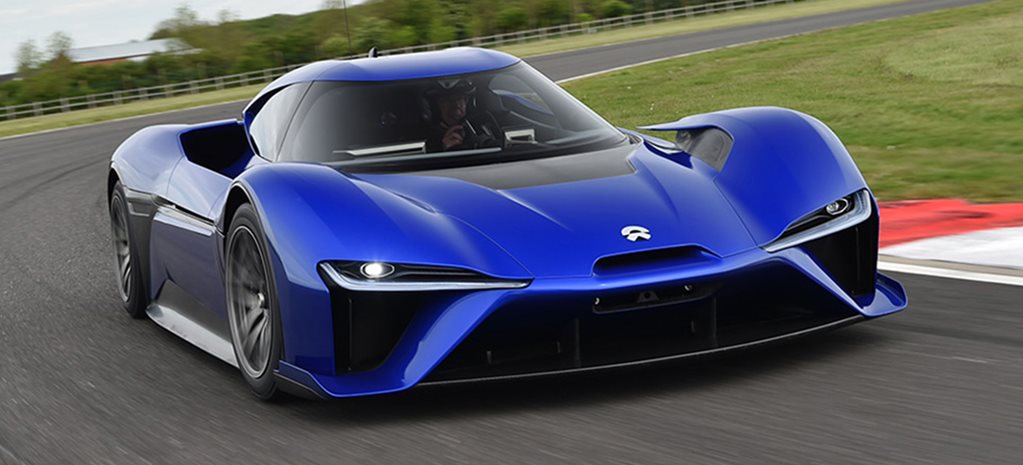
Perhaps the best example of this transition has been the rise of Chinese firm NIO. The NIO brand itself was launched by Chinese billionaire William Li who was also the main backer behind original Formula E team NextEV Racing. NextEV was successful right from the start winning the inaugural drivers’ championship with ex Renault F1 Driver Nelson Piquet. Not long after the team started racing, the NIO brand was launched alongside an original concept vehicle – the EP9.
The original concept featured several identical components to their FE car including the steering wheel & dashboard electronics and the brakes. The EP9 eventually launched as a production car in 2016 powered by 4 individual 250kW motors behind each wheel, reaching a top speed of 349km/h (217mph) and a maximum range of 427km. The immense power generated by just one motor was enough for the powertrain to act as the base design for the now NIO-branded FE team’s Gen2 power unit. This success has seen NIO become a fully-fledged EV manufacturer in China as well as one of the leading battery-swapping station networks throughout the country.
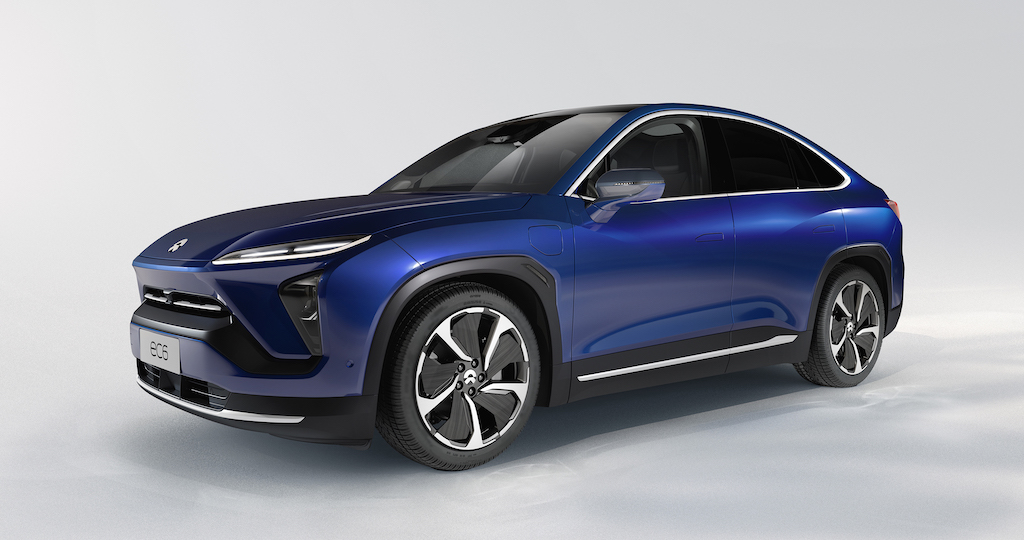
NIO’s current lineup of electric cars
- EC6 – A compact SUV, 0-100km/h in 4.5s and a 615km range
- ES6 – A mid-size SUV, 0-100km/h in 4.7s and a 610km range
- ES8 – A flagship SUV, 0-100km/h in 4.9s and a 580km range
- EP9 – An EV supercar, 0-100km/h in 2.7s and a 427km range
- EVE – An intelligent concept car with autonomous driving
Mahindra
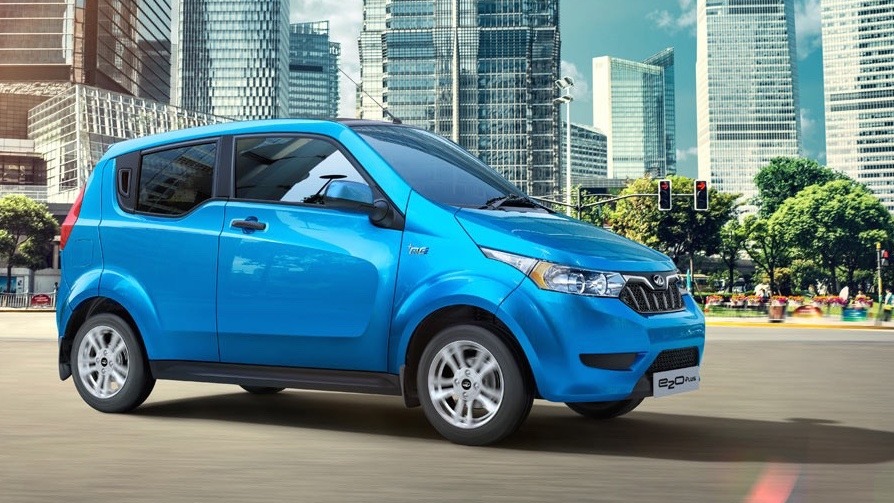
Alongside NIO, another one to make the transition has been Indian manufacturer Mahindra who have used Formula E to spearhead new innovations for their EV division. Mahindra’s interest in the electric vehicle market began in 2010 when they bought the Reva Electric Car company. After this acquisition, they started working on their first car – the e2o which launched in 2013.

To further their research, the Mahindra Racing arm entered FE to further develop their technology. Whilst success has eluded them in the series, it has helped Mahindra Electric improve both the range and reliability of their electric motors in models such as the e-Verito and the Treo, a low cost 3 wheeler e-rickshaw. This success allowed Mahindra to become the first Indian company to reach 170 million e-kilometers in their vehicles – the same distance between Earth & Mars.
Mahindra’s current lineup of electric cars
- E2O Plus – A zippy 4-door hatchback with a 140km range
- eVerito – An entry-level sedan with a modest 181km range
- eSupro – A cargo van with a 600kg payload and a 115km range
- Treo – A low-maintenance 3-wheeler with a 170km range
- eALFA MINI – A low-cost e-rickshaw with an 85km range
Enter the behemoths
With the history of Formula E acting as a showcase for new manufacturers to emerge, it would only be a matter of time before many motoring giants took notice and entered efforts as well. However, what has emerged has seen big manufacturers shifting all their focus to Formula E at the expense of other projects to further their pursuit of the EV market.
Porsche and their ‘Mission E’ project
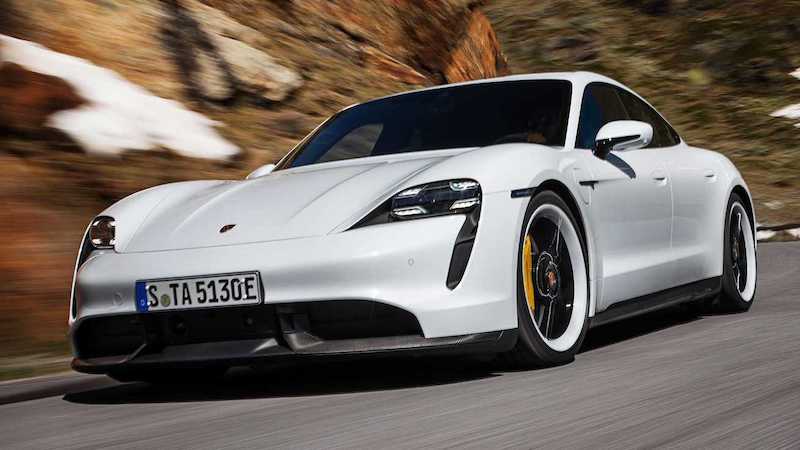
German sports car maker Porsche are no strangers to pioneering new technologies as their hybrid Le Mans Prototype 919 had enjoyed much success winning the Le Mans 24 Hours from 2015-2017. However, they dropped their successful programme at the end of the 2017 season to focus fully on a new Formula E team as part of their “Mission E” project. This saw Porsche pour all their resources into developing a car for the 2018-19 season complete with their own power unit. The technology used in the car was influenced and overseen by the same teams that designed their first all-electric vehicle – the Taycan. By doing this, it has put Porsche in the spotlight as they look to adapt the “Mission E” technology into more road and racing models as either hybrids or EV vehicles.
BMW, using Formula E as their tech lab
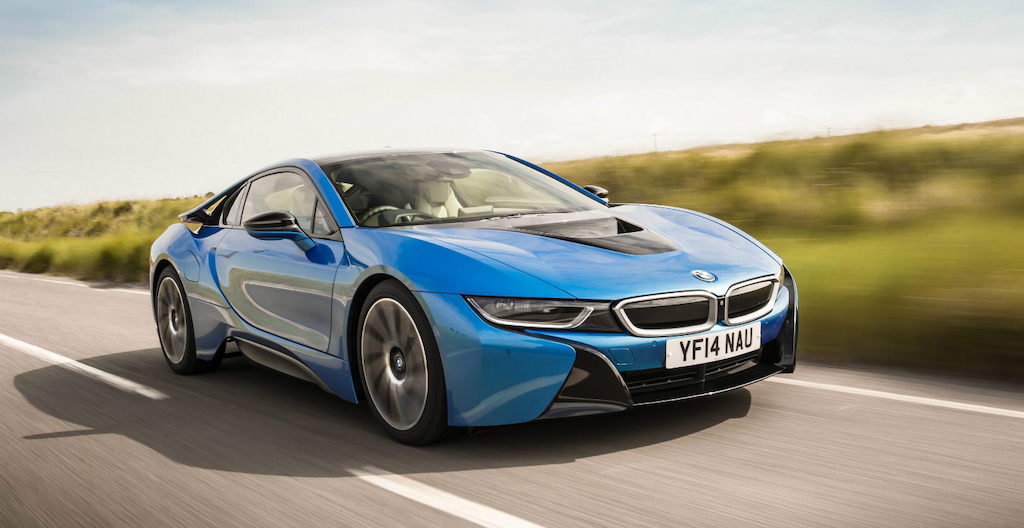
BMW are no strangers to the EV scene and have actually been a part of the history of Formula E from the very beginning with the i8 acting as the series safety car. Therefore, it was only a matter of when, not if, before they joined the series which they did in 2018.
Partnering with IndyCar outfit Andretti Autosport, the Munich-based outfit entered the sport and finished fifth in their inaugural season. The move to enter Formula E comes as part of a bigger strategy by BMW to push their iPerformance initiative across all their current vehicle ranges.
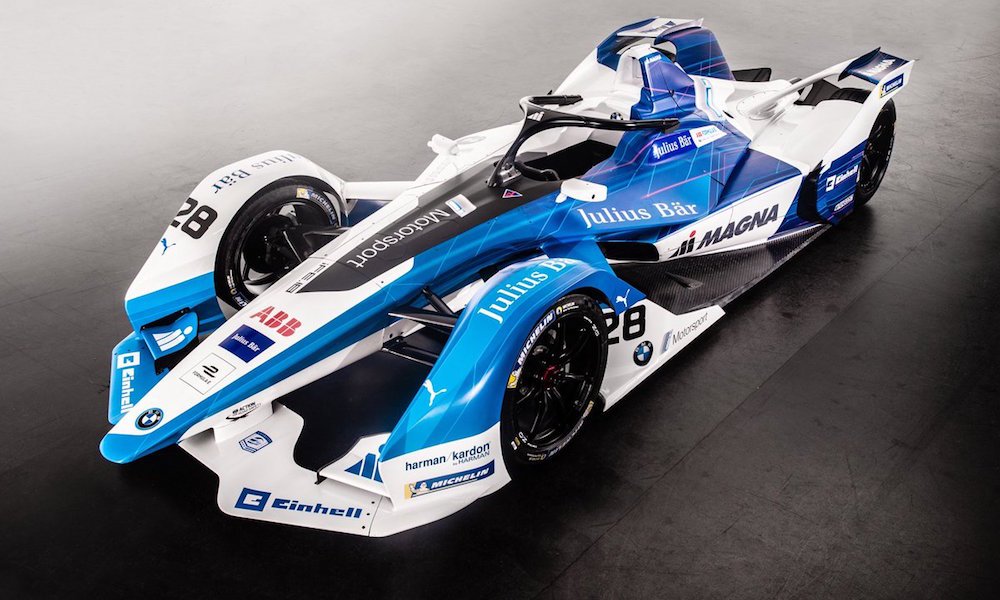
The idea behind the strategy is to trial new technologies in arenas such as FE and refine them before implementing all of their series including the X3, X5 & the 5 Series as either fully electric vehicles or as plug-in hybrids as highlighted by a recent documentary, Racing into the Future: Formula E as Techlab for the BMW Group. This doco looks at the efforts behind the scenes which turned the dream into a reality.
Conclusion
It is clear to see that Formula E is having a big impact on the motoring industry as a whole. Since its inception, it has seen companies from across the automotive spectrum come together in order to get the project off the ground and thrive as its own entity. It has allowed new names to thrive as fully-fledged manufacturers as well as push some of the more notable brands into acting and embracing new technologies.
Whilst it will be interesting to see how manufacturers will use Formula E to further test new concepts in the future, the history of Formula E is already defined and having a significant impact on the motoring industry.




